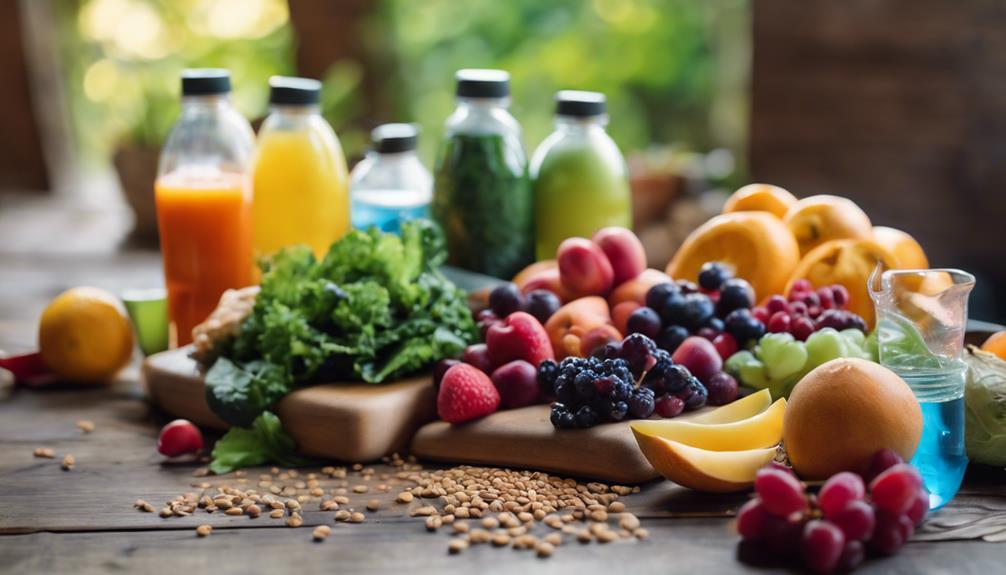In the ongoing debate over materials used in our daily lives, silicone and plastic have emerged as two prominent contenders. While plastic has dominated the market for years due to its versatility and low cost, growing concerns about its impact on health and the environment have sparked interest in silicone as a potential alternative. This article examines the differences between silicone and plastic, focusing on health implications, environmental impact, and practical applications to help consumers make informed choices.
Understanding the Basics: Silicone vs. Plastic Explained
Silicone is a synthetic polymer made up of silicon, oxygen, carbon, and hydrogen. This combination makes silicone a flexible, heat-resistant material that can withstand extreme temperatures without losing its integrity. Unlike plastic, which is typically derived from petroleum and is known for its rigidity, silicone’s unique structure allows it to be molded into various forms, making it ideal for cookware, baby products, and medical applications.
Plastic, on the other hand, is a broad category that includes various types, such as polyethylene, polypropylene, and polyvinyl chloride (PVC). Each type of plastic has its own set of properties, but many contain harmful chemicals like bisphenol A (BPA) and phthalates that can leach into food and beverages. Understanding the fundamental differences between these materials is crucial for evaluating their safety and suitability in our everyday lives.
The Health Risks Associated with Common Plastics
Many common plastics contain harmful additives that can disrupt hormonal functions, leading to potential health risks. For instance, BPA, commonly found in polycarbonate plastics, has been linked to reproductive issues and developmental problems in children. Furthermore, phthalates, often used to increase plastic’s flexibility, have been associated with various health concerns, including asthma and obesity. The leaching of these chemicals into food and beverages raises significant doubts about the safety of using plastic containers and utensils.
Moreover, the recycling process of plastic can further complicate its health implications. Recycled plastics can be mixed with virgin materials, leading to contamination and potentially dangerous interactions. As awareness of these risks continues to grow, many consumers are seeking healthier alternatives to plastic products, prompting a closer examination of silicone as a more reliable option.
Why Silicone is Considered a Safer Alternative
Silicone is often hailed as a safer alternative to plastic due to its inert nature, meaning it does not leach harmful chemicals into food or beverages. Unlike many plastics, silicone does not contain BPA, phthalates, or other toxic additives, making it a popular choice for kitchenware, baby products, and medical devices. Additionally, silicone is non-porous, which prevents bacterial growth, ensuring that it remains hygienic even after repeated use.
Furthermore, the FDA has approved certain silicone products for food contact, bolstering its reputation as a safe material. Unlike plastic, silicone can withstand extreme temperatures, making it suitable for ovens, microwaves, and freezers. These qualities contribute to silicone’s growing appeal as a healthier option in consumer markets, particularly among health-conscious individuals and families.
The Environmental Impact of Silicone and Plastic
The environmental ramifications of both silicone and plastic are significant, yet they differ in nature. Plastic pollution has become a global crisis, with millions of tons of plastic waste entering oceans and ecosystems each year, posing a threat to wildlife and contributing to the degradation of natural habitats. Although many plastics can be recycled, the reality is that a large percentage ends up in landfills or the environment, where they can take hundreds of years to decompose.
Silicone, while not without its environmental challenges, presents a more sustainable option. It is durable and often designed to last longer than many plastic products, which means less waste over time. Additionally, silicone can be recycled in specialized facilities, although recycling infrastructure for silicone is not as widespread as it is for plastic. As consumers become more environmentally conscious, they are increasingly drawn to silicone products that may offer a more responsible choice for reducing their ecological footprint.
Durability and Longevity: Silicone’s Advantages
One of silicone’s most compelling features is its durability. Unlike plastic, which can become brittle over time and may warp or crack, silicone maintains its shape and functionality even after repeated exposure to heat and cold. This resilience makes silicone particularly suitable for kitchenware like baking mats, spatulas, and storage containers that endure daily use.
Moreover, silicone’s longevity translates into cost-effectiveness. While silicone products may have a higher upfront cost compared to their plastic counterparts, their longer lifespan means that consumers will spend less on replacements in the long run. By investing in durable silicone items, consumers can save money and reduce waste, making it a prudent choice in both financial and environmental terms.
How Silicone Can Enhance Food Safety Practices
Silicone’s non-porous nature plays a critical role in enhancing food safety practices. Unlike plastic, which can absorb odors, stains, and bacteria, silicone surfaces remain clean and hygienic, minimizing the risk of cross-contamination in food preparation. This property is particularly important for families with young children or individuals with compromised immune systems who require a higher level of cleanliness.
Additionally, silicone is dishwasher, microwave, and oven-safe, allowing for versatile cooking and baking options without compromising safety. The ability to use silicone in various cooking methods without fear of leaching harmful chemicals into food further underscores its position as a leading choice for health-conscious consumers. As food safety becomes an increasing priority in households, silicone emerges as a reliable option for daily culinary practices.
Practical Uses of Silicone in Everyday Life
Silicone’s versatility extends beyond kitchenware; it has found applications in numerous areas of daily life. From silicone baking mats and muffin trays to reusable food storage bags, silicone products are designed to meet the demands of modern living. Their flexibility, heat resistance, and ease of cleaning make them ideal for diverse uses, ensuring that consumers can replace single-use plastics with sustainable alternatives.
In addition to food-related products, silicone is also utilized in personal care items like makeup applicators, menstrual cups, and baby products such as pacifiers and teething toys. The wide array of silicone applications highlights its adaptability and growing presence in various markets, providing consumers with safer and more sustainable options across different aspects of their lives.
Making the Switch: Tips for Choosing Silicone Products
When considering a switch from plastic to silicone, it’s essential to be mindful of product quality. Not all silicone is created equal; some may contain fillers or additives that compromise safety. Look for products labeled as 100% food-grade silicone, which ensures they meet health and safety standards. Research reputable brands and read reviews to identify trustworthy options.
Additionally, consider purchasing items that are designed for specific uses. For instance, choosing silicone bakeware with reinforced structures can prevent warping, and selecting silicone food storage bags with leak-proof seals can enhance their functionality. By making informed choices and investing in high-quality silicone products, consumers can enjoy the benefits of a healthier and more sustainable lifestyle.
The comparison between silicone and plastic reveals significant differences in health implications, environmental impacts, and practical applications. While plastic remains ingrained in our daily lives, the potential health risks associated with its use have prompted many consumers to seek safer alternatives. Silicone emerges as a viable option that not only prioritizes health and safety but also offers environmental benefits and versatility. By understanding these distinctions and making informed choices, consumers can contribute to a healthier lifestyle and a more sustainable future.


